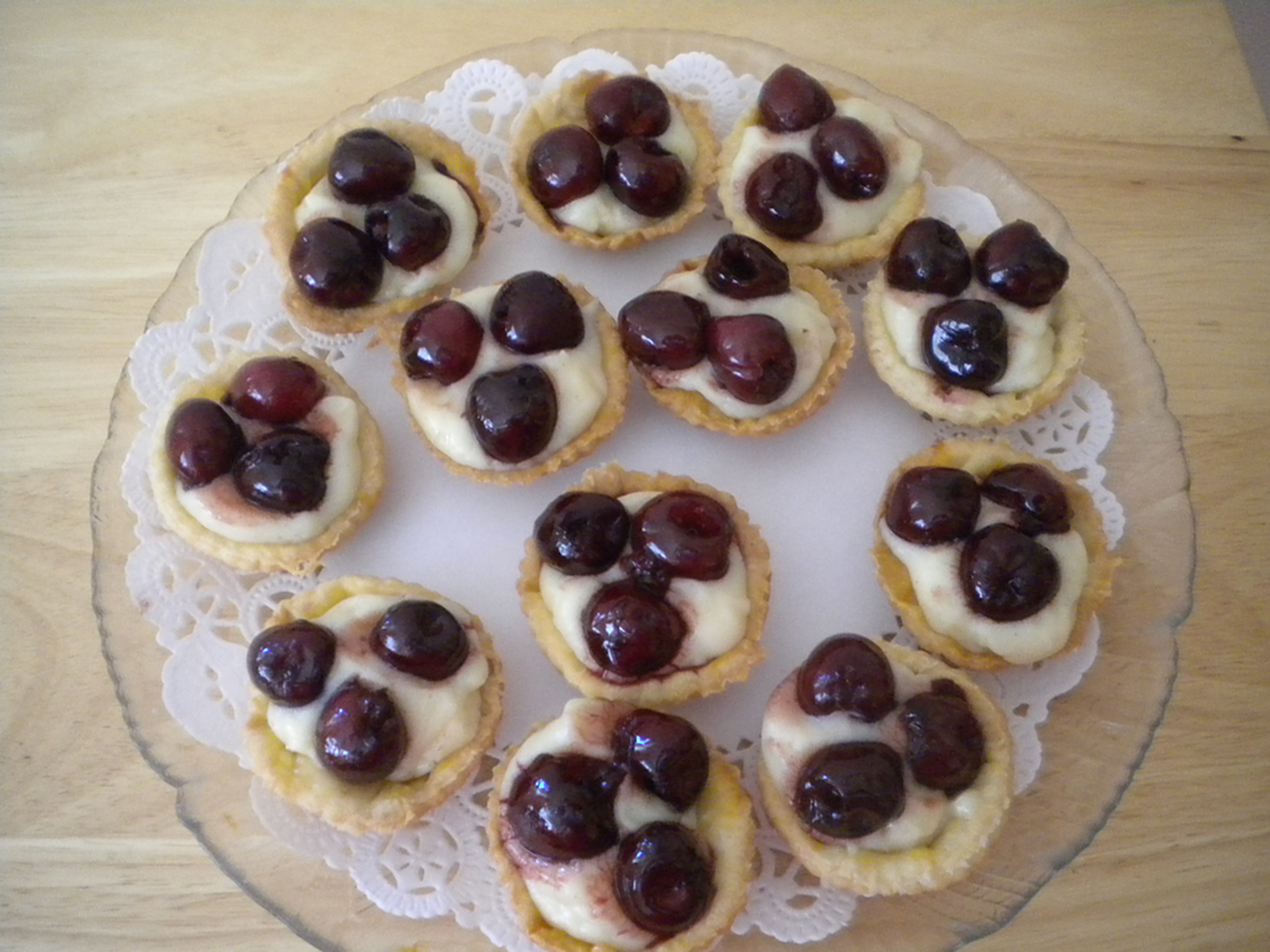NATIONAL FOOD DAYS ‘National Cherry Tart Day’ June 18th, 2012 June is the perfect month for ‘National Cherry Tart Day’. Cherries are ripe and ready for picking, at least in California! Cherries are delicious to eat out of hand and are also delicious in whatever dish you decide to incorporate them into. The three […]
Tag: custard
Chef Tim and I are going to make Sfogliatelli tomorrow night with his Professional Class in Westlake Village, CA. When we made plans to make these, neither one of us had ever made them. This was to be a first for both of us, however I decided that it might be prudent if at least […]
